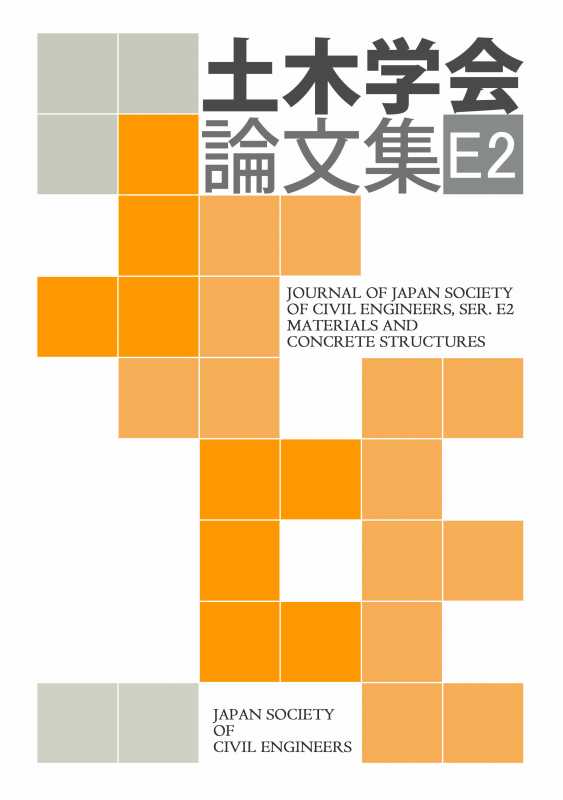In this study, static loading tests were conducted on a real PC bridge to confirm the load-bearing and failure behavior of the main girder at the ultimate state. An analytical model was developed to evaluate the load-bearing capacity of the PC superstructure by partially extending the linear framework model which is commonly used in practical design. Failure tests revealed that even when the main girder placed as the superstructure reached its shear capacity, the load was redistributed to the entire superstructure through the joints of the transverse girders and infill parts between the upper side flanges, and, consequently, the deformation performance was maintained. The advanced framework model constructed based on the results of this study was found to be able to reproduce the load-bearing behavior of the entire superstructure moderately. Furthermore, the advanced framework model was found to be an effective method for evaluating the safety of the entire superstructure at ultimate state and verifying the failure process using the loads employed in the design of new structures.
View full abstract
